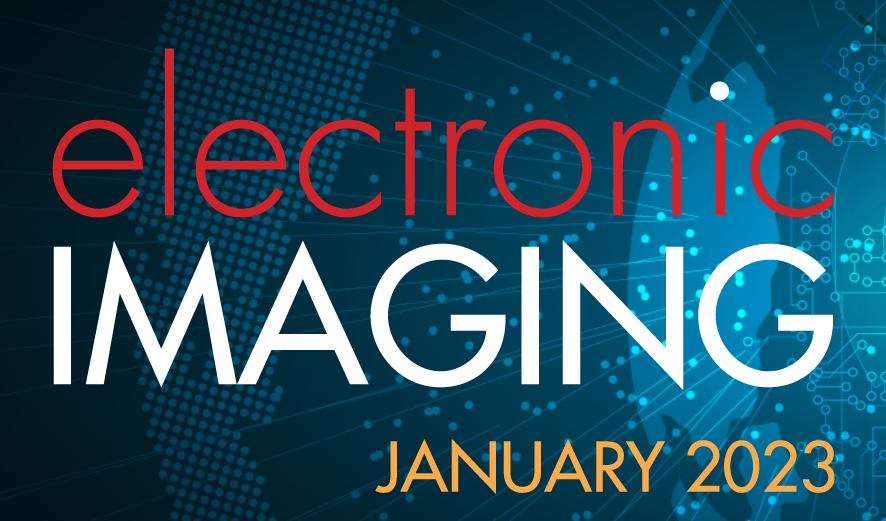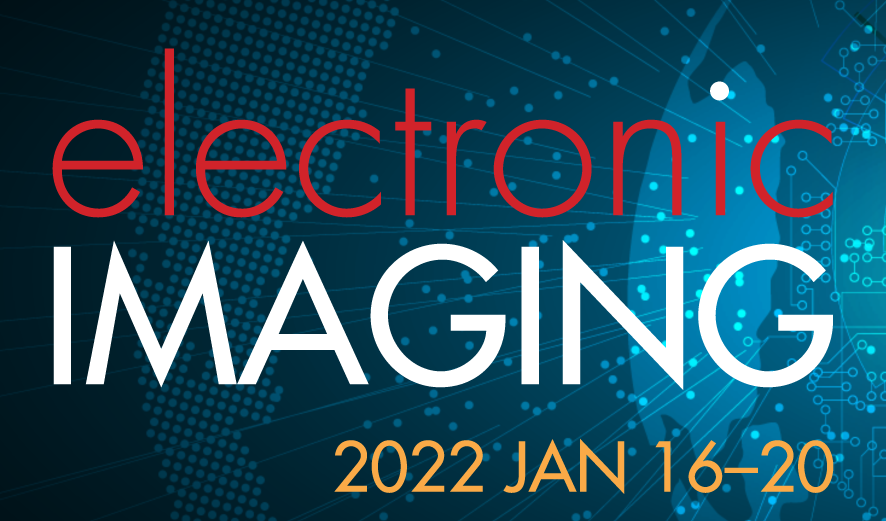
This conference on computer image analysis in the study of art presents leading research in the application of image analysis, computer vision, and pattern recognition to problems of interest to art historians, curators and conservators. A number of recent questions and controversies have highlighted the value of rigorous image analysis in the service of the analysis of art, particularly painting. Consider these examples: the fractal image analysis for the authentication of drip paintings possibly by Jackson Pollock; sophisticated perspective, shading and form analysis to address claims that early Renaissance masters such as Jan van Eyck or Baroque masters such as Georges de la Tour traced optically projected images; automatic multi-scale analysis of brushstrokes for the attribution of portraits within a painting by Perugino; and multi-spectral, x-ray and infra-red scanning and image analysis of the Mona Lisa to reveal the painting techniques of Leonardo. The value of image analysis to these and other questions strongly suggests that current and future computer methods will play an ever larger role in the scholarship of visual arts.

This conference on computer image analysis in the study of art presents leading research in the application of image analysis, computer vision, and pattern recognition to problems of interest to art historians, curators and conservators. A number of recent questions and controversies have highlighted the value of rigorous image analysis in the service of the analysis of art, particularly painting. Consider these examples: the fractal image analysis for the authentication of drip paintings possibly by Jackson Pollock; sophisticated perspective, shading and form analysis to address claims that early Renaissance masters such as Jan van Eyck or Baroque masters such as Georges de la Tour traced optically projected images; automatic multi-scale analysis of brushstrokes for the attribution of portraits within a painting by Perugino; and multi-spectral, x-ray and infra-red scanning and image analysis of the Mona Lisa to reveal the painting techniques of Leonardo. The value of image analysis to these and other questions strongly suggests that current and future computer methods will play an ever larger role in the scholarship of visual arts.

In this work, we introduce a new method for localizing image manipulations in a single digital image, such as identifying added, removed (spliced or in-painted), or deformed objects. The method utilizes the so-called Linear Pattern (LP) of digital images as a global template whose integrity can be assessed in a localized manner. The consistency of the linear pattern estimated from the image noise residual is evaluated in overlapping blocks of pixels. The manipulated region is identified by the lack of similarity in terms of the correlation coefficient computed between the power spectral density (PSD) of the LP in that region and the PSD averaged over the entire image. The method is potentially applicable to all images of sufficient resolution as long as the LP in the unmodified parts of the image has different spectral properties from that in the tampered area. No side information, such as the EXIF header or the camera model, is needed to make the method work. Experiments show the capability and limitations of the proposed method, which is robust to mild JPEG compression.